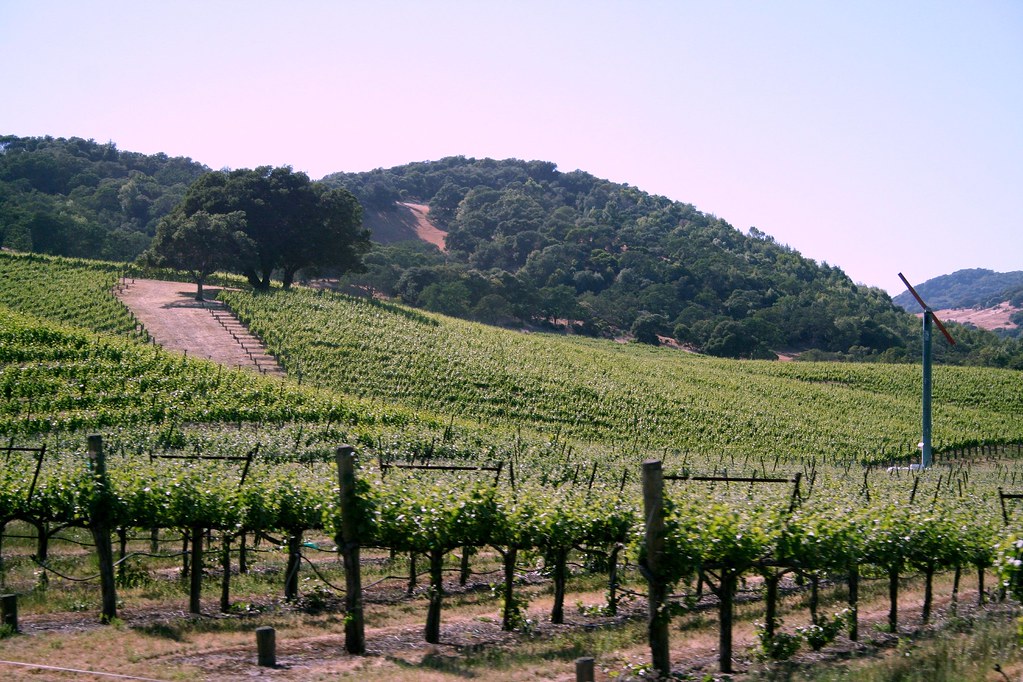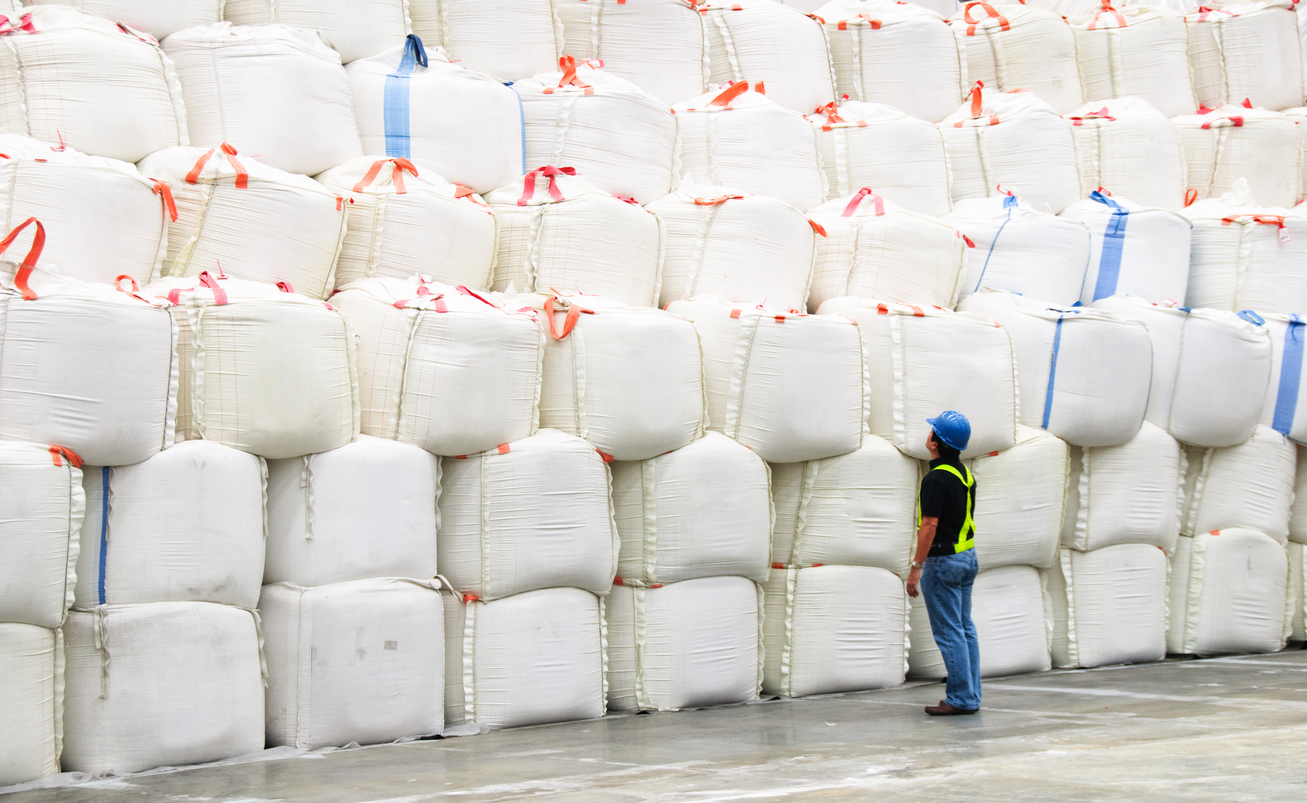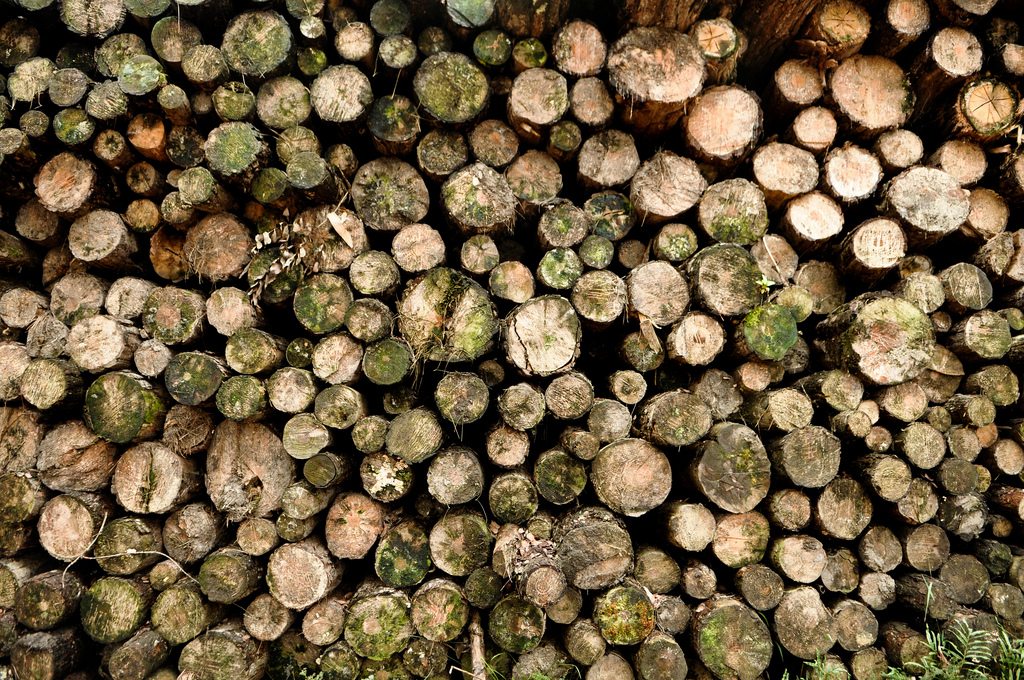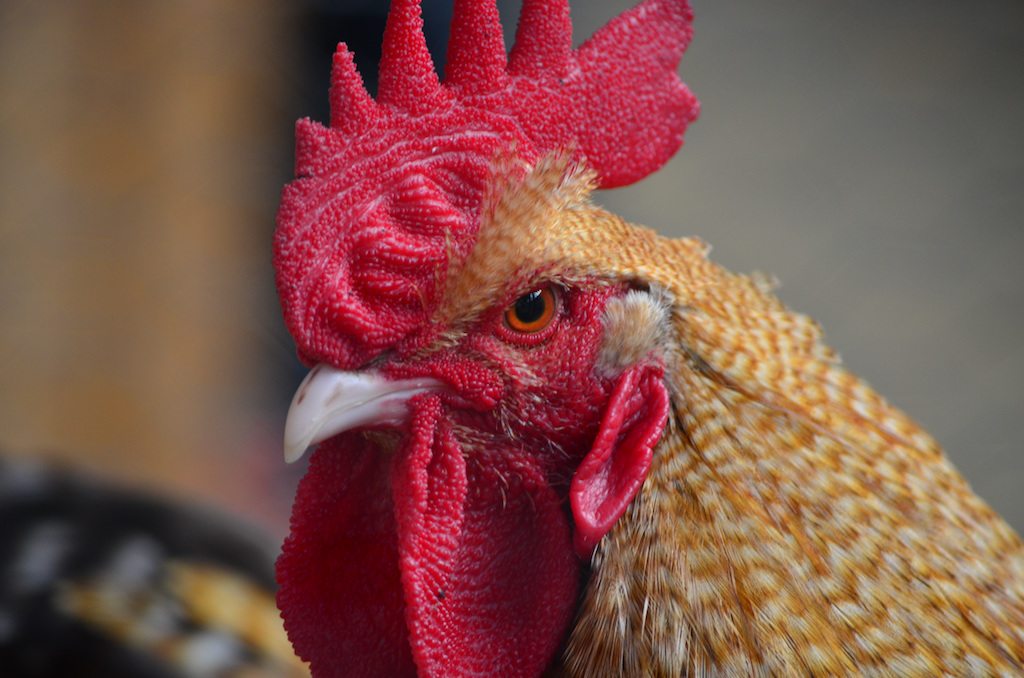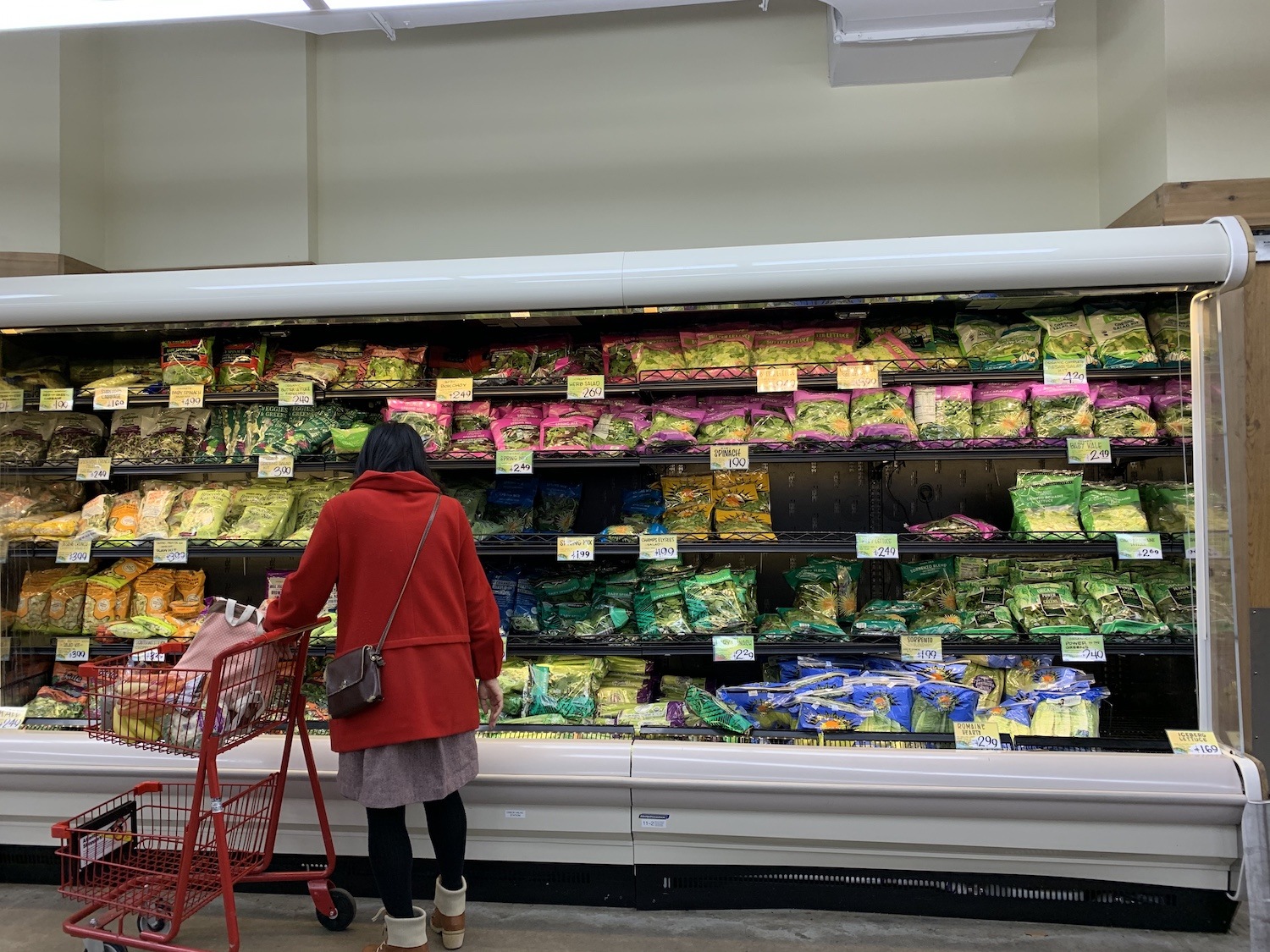
Wet weather and a fungal infection has disrupted the rocket supply chain. Thanks to climate change, we can expect more of this in the future.
In any given week, the Bix Produce Company in Little Canada, Minnesota, ships between 1,600 and 2,000 pounds of arugula to restaurants and cafeterias throughout the Twin Cities region. Like most wholesalers, Bix sources its winter leafy greens from farms in the desert Southwest and Florida, where it’s warm enough to grow the produce at this time of year. The field-to-fridge journey typically takes around four days. But this week is not a typical week.
Right now, growers in the Southwest are suffering from a severe arugula shortage, brought on by an unexpectedly colder and wet winter growing season. The conditions have paved the way for the spread of a fungal disease called downy mildew. Simultaneously, growers in Florida—which supply a smaller portion of winter greens than the Southwest—are holding clients to strict buying limits, Eric Reitz, a buyer for Bix, tells me. That means distributors can’t make up the difference by going to another supplier: “There’s just not enough volume to cover it.”
You may have been tipped off about arugula’s woes while grocery shopping or ordering lunch. A number of restaurants have announced that they’ve started to substitute spinach in its place because of low supplies. One reporter shared on Twitter a photo of an arugula pizza they’d ordered, which contained no more than a pitiful pinch of “half-leaves.” I began to suspect that there might be some kind of deficit two weeks ago at Trader Joe’s, after my cashier commented offhandedly that arugula hadn’t appeared in the retailer’s inventory tracking system for a few days.
“In Florida, we shouldn’t be having any rain right now, it’s considered the dry season.”
For Del Bene, a produce wholesaler serving the Detroit region, the shortage has been an issue since the beginning of 2020. Vice president Mike Del Bene tells me it’s the most intense arugula shortage the company has experienced in nearly 30 years. (Keep in mind, he noted, arugula wasn’t nearly as popular three decades ago.)
“We definitely haven’t been harvesting much the last couple of weeks,” says Matt McGuire, chief agricultural officer of JV Smith, a vegetable farming company in Yuma, Arizona. “In the desert Southwest, we’re supposed to be dry. We usually don’t get rain much, even in the wintertime. But through a part of November and December, we were having storms dropping anywhere from a quarter to an inch of water every seven to 10 days.” And those were the exact conditions that welcomed in the downy mildew, which had been waiting in the weeds.
Once infected, arugula leaves become spotted with yellow lesions that can make them fall off and even kill an entire plant. As a pathogen, downy mildew spreads rapidly and can kneecap the yield of an entire field. Interestingly, the mildew is specifically harmful to arugula in particular. “Cross infection does not take place,” says plant pathologist Steve Koike, formerly of the University of California Cooperative Extension. That means that the mildew pathogen spreading around Arizona’s arugula fields can’t transfer over to, say, spinach and lettuce, too. However, that also means that there’s no catch-all fungicide that can treat the issue either.
Representatives from three other growers in Arizona shared similar concerns about the impact that downy mildew has had on the recent arugula harvest. In an unfortunate coincidence exacerbating the shortage, producers in Florida, have had their share of harvesting woes due to wetter-than-usual weather, too.
“In Florida, we shouldn’t be having any rain right now, it’s considered the dry season,” says Eberhard Mueller, co-owner of Satur Farms, which sells packaged leafy green products. Heavier than normal rains in December have disrupted Mueller’s harvest; he tells me that his operation has encountered more and more moisture throughout his time in the business—something he suspects is related to climate change.
Bacteria and other molds can continue to flourish even after arugula has been packaged and shipped.
That falls in line with the deluge of weather-related ag difficulties that farmers have encountered in recent times. Just last year, farms in Minnesota and North Dakota experienced colder and wetter weather than usual, creating a sugar shortage that compelled the Department of Agriculture to raise import limits from Mexico. A few months earlier, flooding in the Midwest and the Great Plains submerged some of America’s most productive farmland under water. In California, farmers are calling abnormal weather patterns the “new normal” and trying to adapt accordingly. And there’s no shortage of research linking rising temperatures with erratic and extreme weather events.
Chances are, the further away from Florida and the desert Southwest you are, the less likely you are to find arugula at the grocery store right now. For one, mildew-infected arugula is vulnerable to what is known as “secondary spoilage,” according to Trevor Suslow, an extension research specialist at the University of California, Davis. In essence, Suslow says that bacteria and other molds can continue to flourish even after arugula has been packaged and shipped. “Those things can grow even under refrigeration temperatures,” he explains. This means that infected arugula probably won’t survive the journey from Yuma to your local supermarket, at least not in a condition that you’d still like to eat.
Then there’s the issue of cost. As with most retail products, a drop in arugula supply causes prices to rise, explains Teressa Lopez, administrator of the Arizona Leafy Greens Marketing Agreement. Consequently, some cost-averse retailers might simply opt out of buying rocket salad until the market stabilizes. Most growers I spoke estimated that the arugula harvest would gradually to return to “normal” in the next few weeks, though none were specific about timing—and understandably so.
Right now, all companies like Bix and Del Bene can do keep customers in the know about the shortage, and hope that it lets up soon. As Reitz of Bix says: “It’s been a bumpy ride.”

